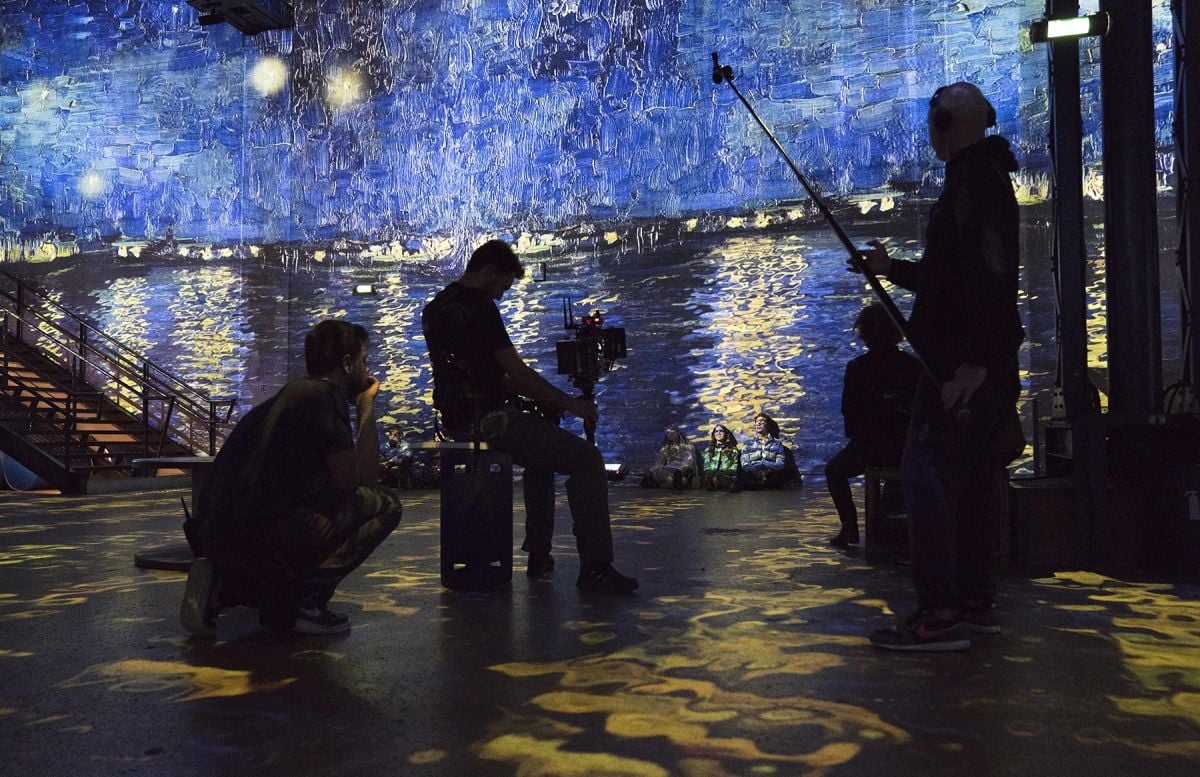
Emily in Paris: City of Light
Steven Fierberg, ASC captures the French capital and countryside for this romantic comedy series.
Photos by Carole Bethuel, Stéphanie Branchu and the filmmakers
All photos courtesy of Netflix
“Paris is beautiful — it’s hard to miss that,” says Steven Fierberg, ASC, when asked what’s most striking about shooting in the French capital. “One of the things that really helps you as a filmmaker is that the city was designed in a unified way, in color and in shape, which makes it easier to create an image that has unity.”

As part of this month’s international focus, we reached out to the Detroit-born, New York City adoptee and current L.A. denizen to discuss his French foray on the Netflix series Emily in Paris, and the unique aspects of shooting in and around the City of Light.
“It’s a city that’s obsessed with beauty,” continues Fierberg, whose experience in photographing Paris also includes his camerawork on Showtime’s The Affair. “It always has been, and therefore so much effort has been put into the city to make it beautiful. It’s hard for me to think of an American city where that concern was so primary.”
Created by Darren Star and aptly compared to one of his prior creations, Sex and the City, Emily in Paris follows the lighter-than-air exploits of young urban professional Emily (Lily Collins), who uproots from Chicago to educate her employer’s new acquisition — an upscale Parisian marketing firm — in the ways of American social-media merchandizing. This goes over as poorly as one might predict, thus revealing Emily’s true mission to unshackle herself from her own hang-ups and leap into just the right kind of hijinks that end up assisting and elevating (almost) all involved.
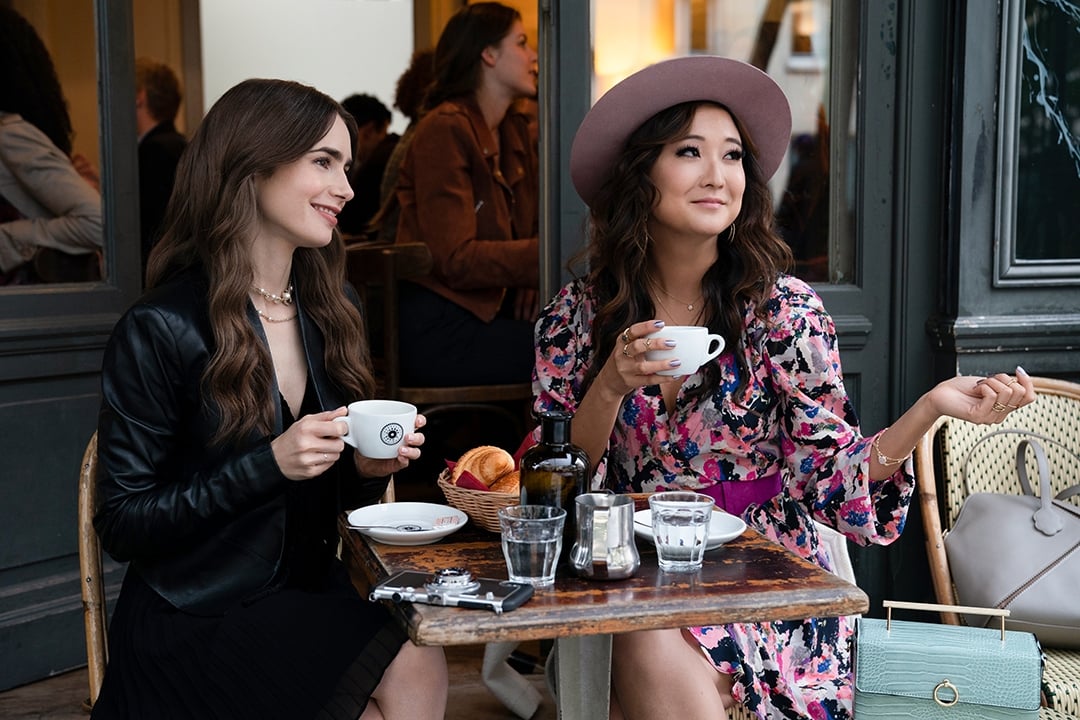
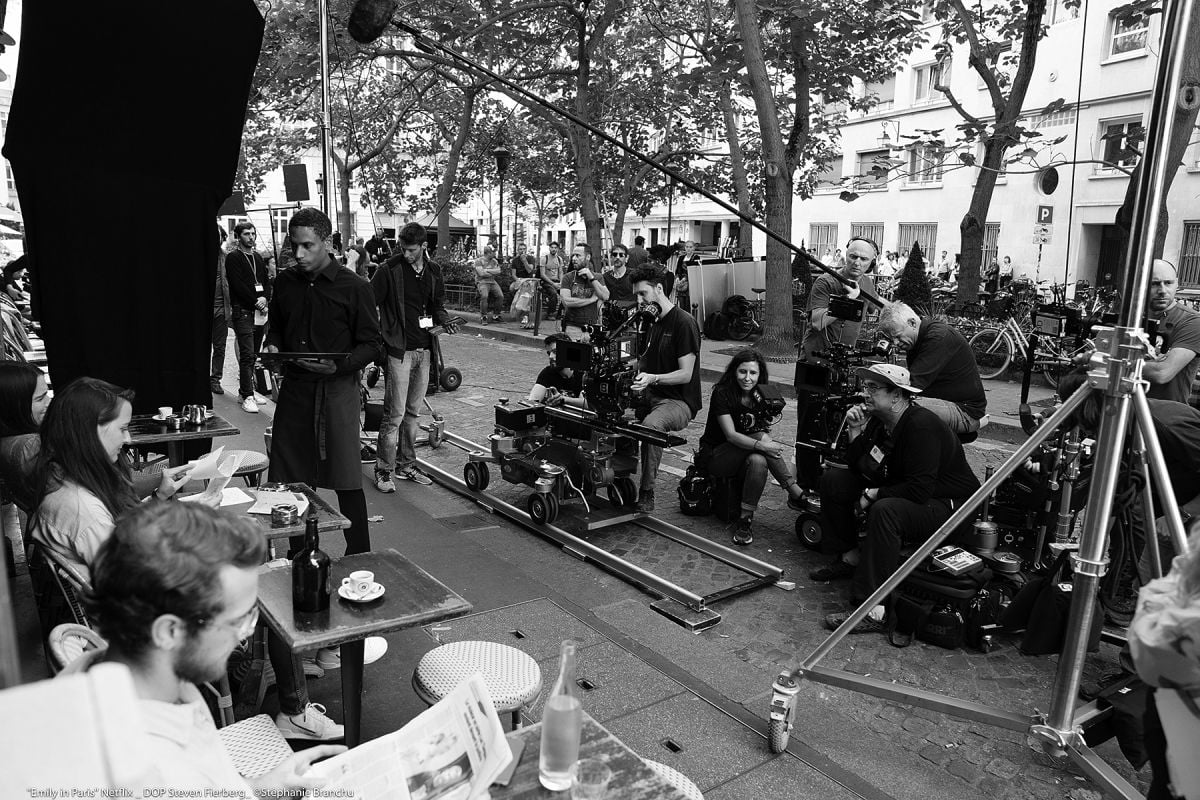
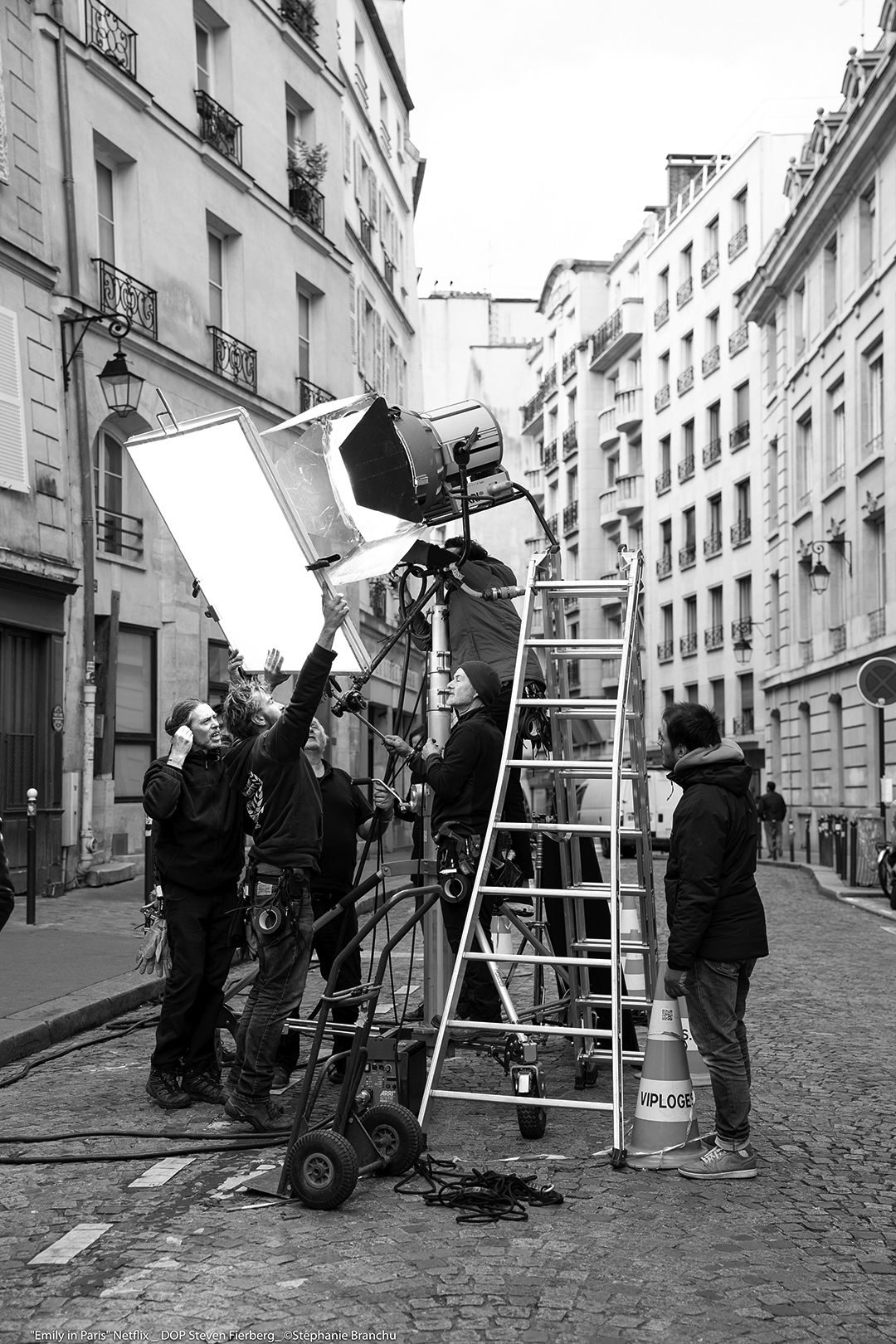
“I’ve wanted to do a show about an expatriate living in Paris for quite some time,” Star says. “I thought it would be great to ... create a show that would explore the overall experience of what it’s like to be an American abroad. Traveling and immersing yourself in a foreign culture renews you in a sense, and it opens your eyes to the world.”
Says lead actor Collins, “Collectively we were all having fish-out-of-water experiences. We all had real-life anecdotes about living in Paris as Americans.”
In regard to his own experiences, Fierberg notes, “I start out speaking French when I begin working with a French crew, and that makes a good impression. It’s very important for the relationship to make that effort. What happens, though, is I’ll speak in French and they’ll reply in superior English. Ultimately, on Emily in Paris I was encouraged to speak in English. That was helpful, but I’ve also realized that the English we use on-set has a lot of slang, which can be hard for them to interpret. For instance, when I asked them to ‘take the light down,’ they thought I meant they should bring the light physically lower.” He adds with a laugh, “And there was something I would say on-set that drove the electric crew insane — when I said ‘less light,’ they would think I said ‘plus light’ and they would give me ‘more.’ You have to learn what words and phrases they prefer, and that comes from practice and experience.

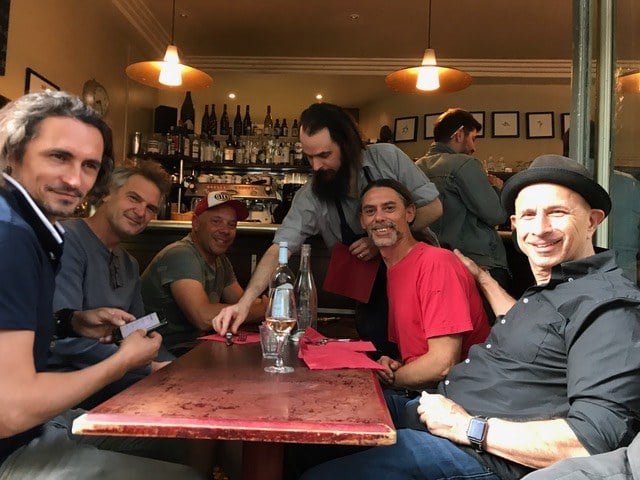
“It’s also time for me to finally accept that four years of Detroit high-school French is not enough,” he adds. “I’ve enrolled in contemporary French classes. It will be my third time shooting in France when I return for Season 2, and I owe it to the crew to be fluent in the language of the country where I’ll be living and working.”
The internet was abuzz when Emily in Paris dropped last October, with widespread praise for the show’s look. Fierberg — whose work includes HBO’s hit series Entourage and the provocative feature Secretary — had worked with Star in the early 2000s on the pilot for the comedy Miss Match, and knew that the showrunner would want a “contemporary and clean” look for their latest collaboration. “A lens that introduced a lot of flaws would not have the contemporary energy that Darren knew was right for the show. It needed to feel ‘right now’ — I knew that was the look he wanted and I was thrilled to give it to him.”
Fierberg sees the show less as a commentary on French society and more as a look at some elements of American culture “that Emily represents, which may seem crude or superficial to the French and disconnected from nature and sensuality — [concepts that are key to the] French vision of humanity. What happens constantly on the show is that Emily is confronted with something she thinks she shouldn’t do, or people shouldn’t do — so she’s a character with fixed ideas and you’re trying to open up her world by exposing her to things she’s never experienced.
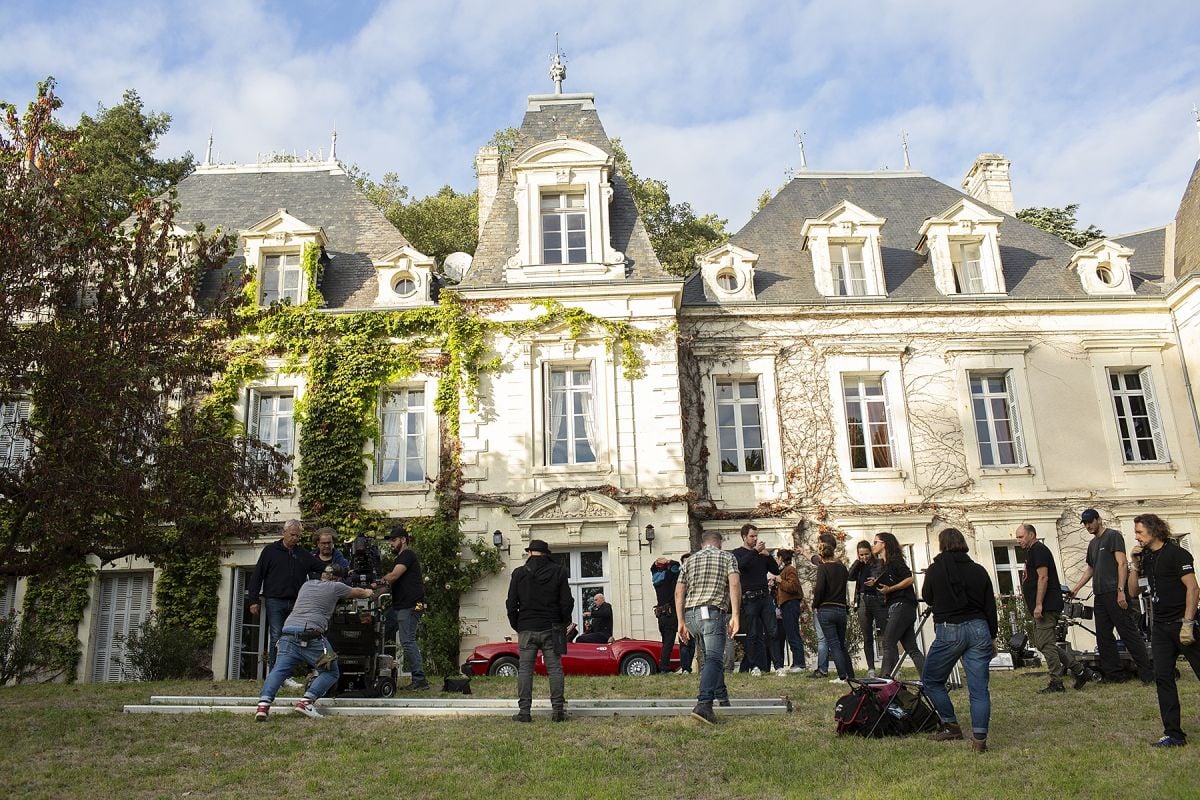
“To that effect,” he continues, “a candlelit dinner at a château in the Loire Valley, where Emily finds herself in Episode 8, is certainly a world that is as different from urban Chicago as we could make it. It was director and executive producer Andy Fleming’s idea to have the dinner by candlelight, just as it would have happened hundreds of years ago. Andy is a director with a great visual sense.”
When the cinematographer first arrived at Le Château de Sonnay in the vineyards southwest of Paris, he was intrigued by the Neoclassical paintings on the walls that “looked like Jacques-Louis David portraits you would see in a museum,” he says.
When Fierberg inquired about the paintings, a young woman who lived there “pointed to a couple of them and said, ‘Those are my great-great-great grandparents.’ It really brought home for me that this family has been living in that house for centuries. All this real-life history lent itself amazingly well to the idea of Emily’s journey into a romantic past, where you feel connected to nature, and where things haven’t really changed in generations.”
The dinner scene at Le Château de Sonnay, which was lit essentially by candlelight alone, required keen attention to a changing environment. “The first thing we looked at was how fast we could set the camera’s ISO, and what the image would start to look like,” Fierberg says. “The camera may ‘want’ to be at 800, where it’s ‘supposed’ to be, but if you set it to 1,200, what does that look like? Or 1,600. I believe we ended up shooting at 1,200.”
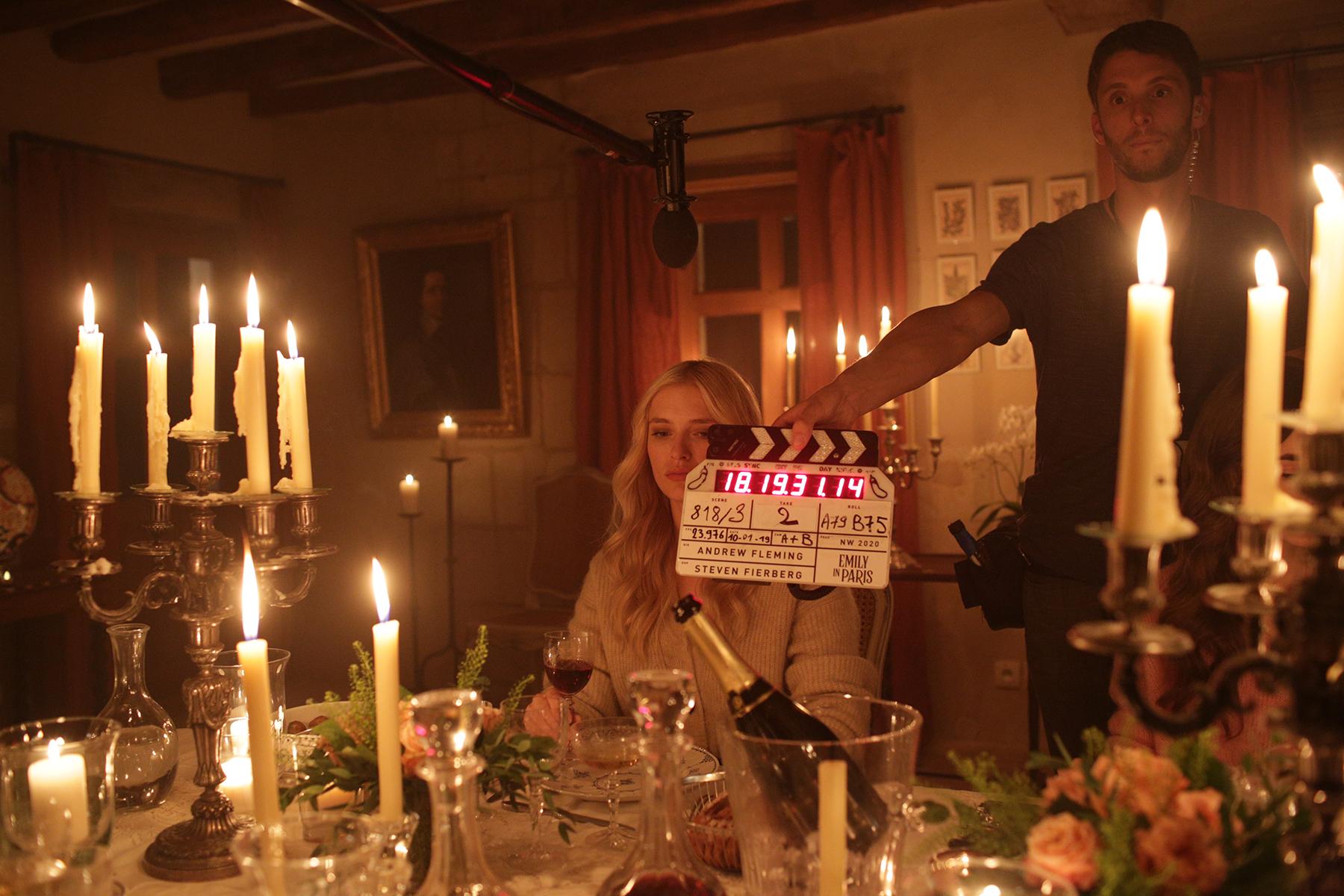
He adds that he appreciates the option on a digital camera to “set the shutter to 270 degrees. That gets you even more light. And we were using Signature Prime lenses that were not going to flare too much, and could handle bright candles.” Flaring was further controlled by Tiffen Glimmerglass filters, from strong to light — more flare to less — depending on how much they wanted.
“And whatever f-stop we started shooting at, we had to keep opening it up because the room kept getting darker as it filled with smoke from the candles — and every once in a while, we had to air it out. When you’re working with a digital system and you have a DIT — Adrien Blachère on our show — and a waveform monitor, you [always] know when to open up. We usually started out at 2.81/2, but by the third take we might be wide-open at 1.8, so thank God our great assistants could keep it in focus.
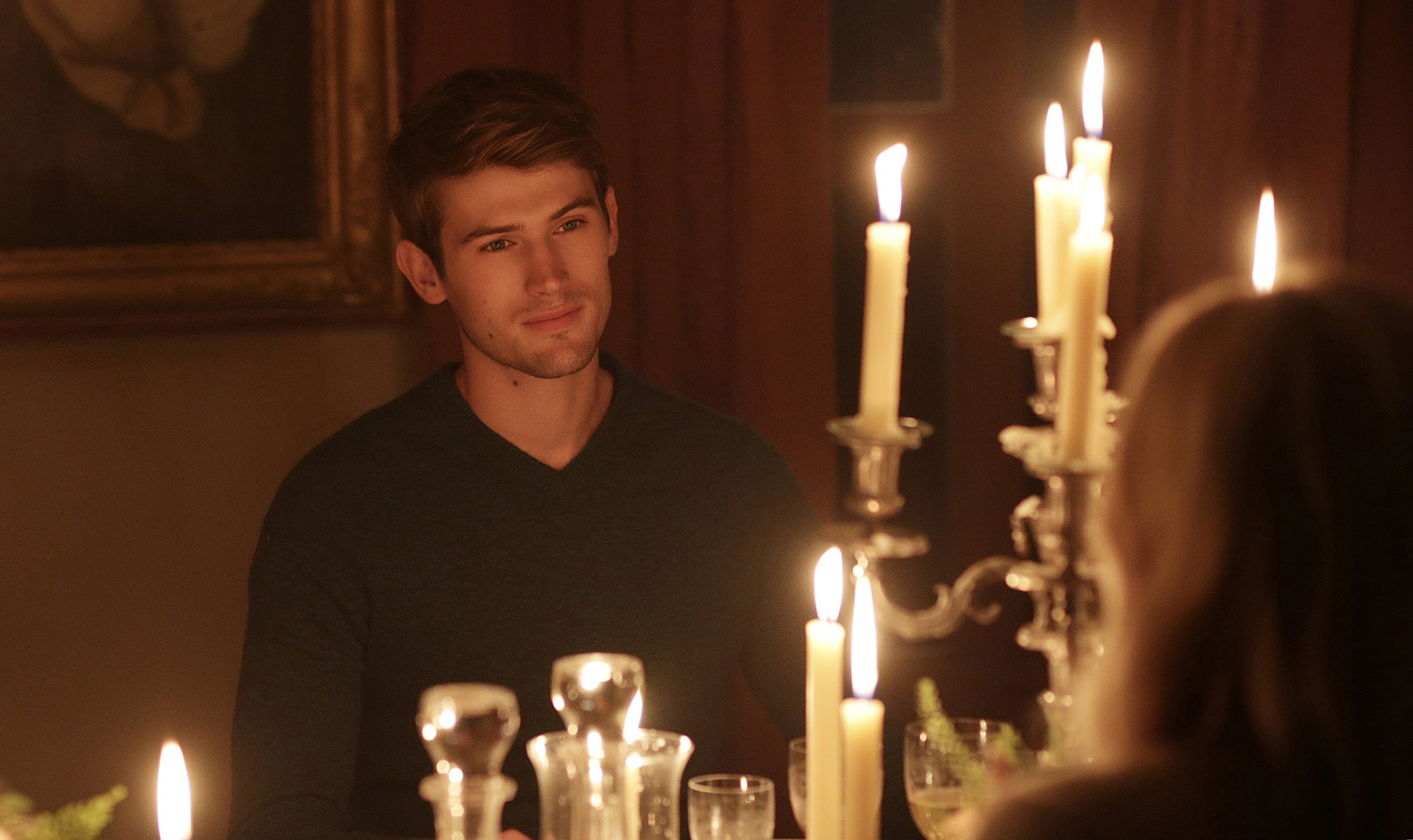
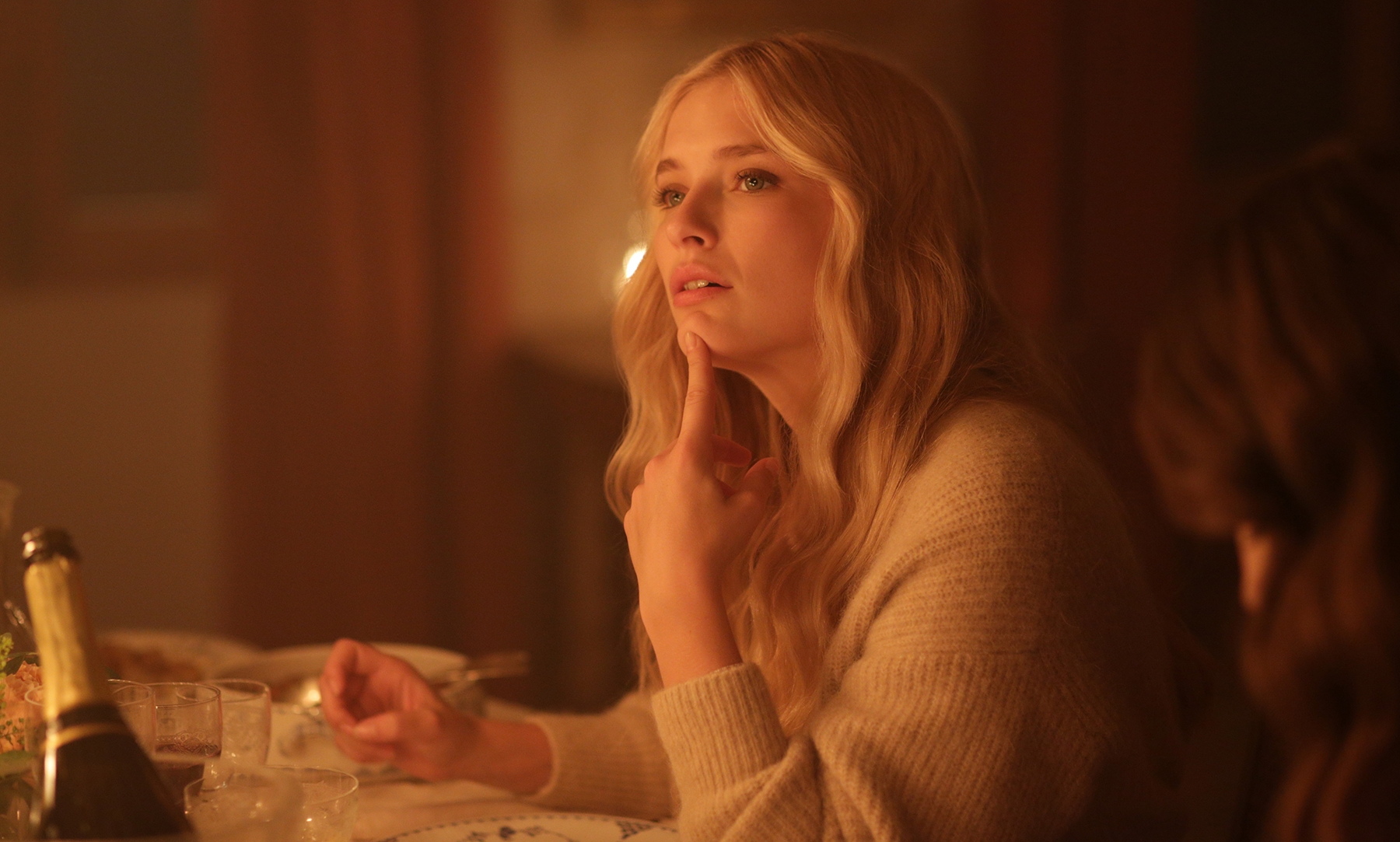
“When shooting candlelight,” Fierberg says, “it’s about playing with the candles. You’re dancing with them. You’re seeing what they’re doing and adjusting as needed.
“It was important that the camera would have a full range of color and that the image was flattering. I wanted to use Arri Alexas, and because Netflix required 4K, we used Alexa LFs.
“This is a show where people look their best, and even for the clothing it helps to have the lens fairly sharp. The Arri Signature Prime is that sweet spot — it’s pretty sharp and clean, and can handle flare with no problem, but it’s not harsh. The image has a kind of roundness to it. It’s almost a perfectly neutral lens. We added a quarter Glimmerglass for a touch of glamour. This is in contrast to lenses like the Panavision Variels that I’m using on In Treatment, which have a lot of character built in. With a digital sensor, a huge part of creating the look is lens selection. How lucky are we to have so many great choices!”
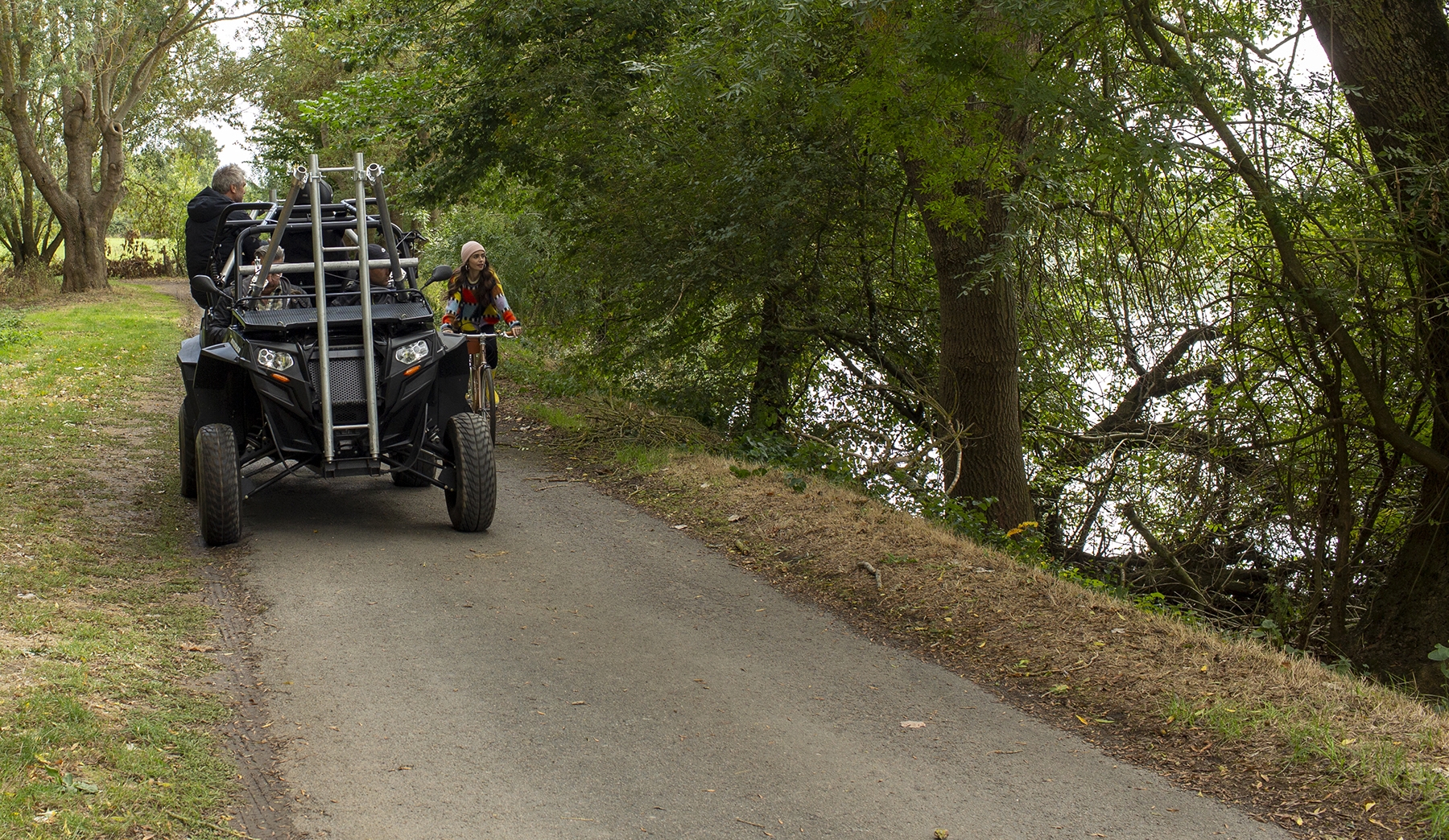
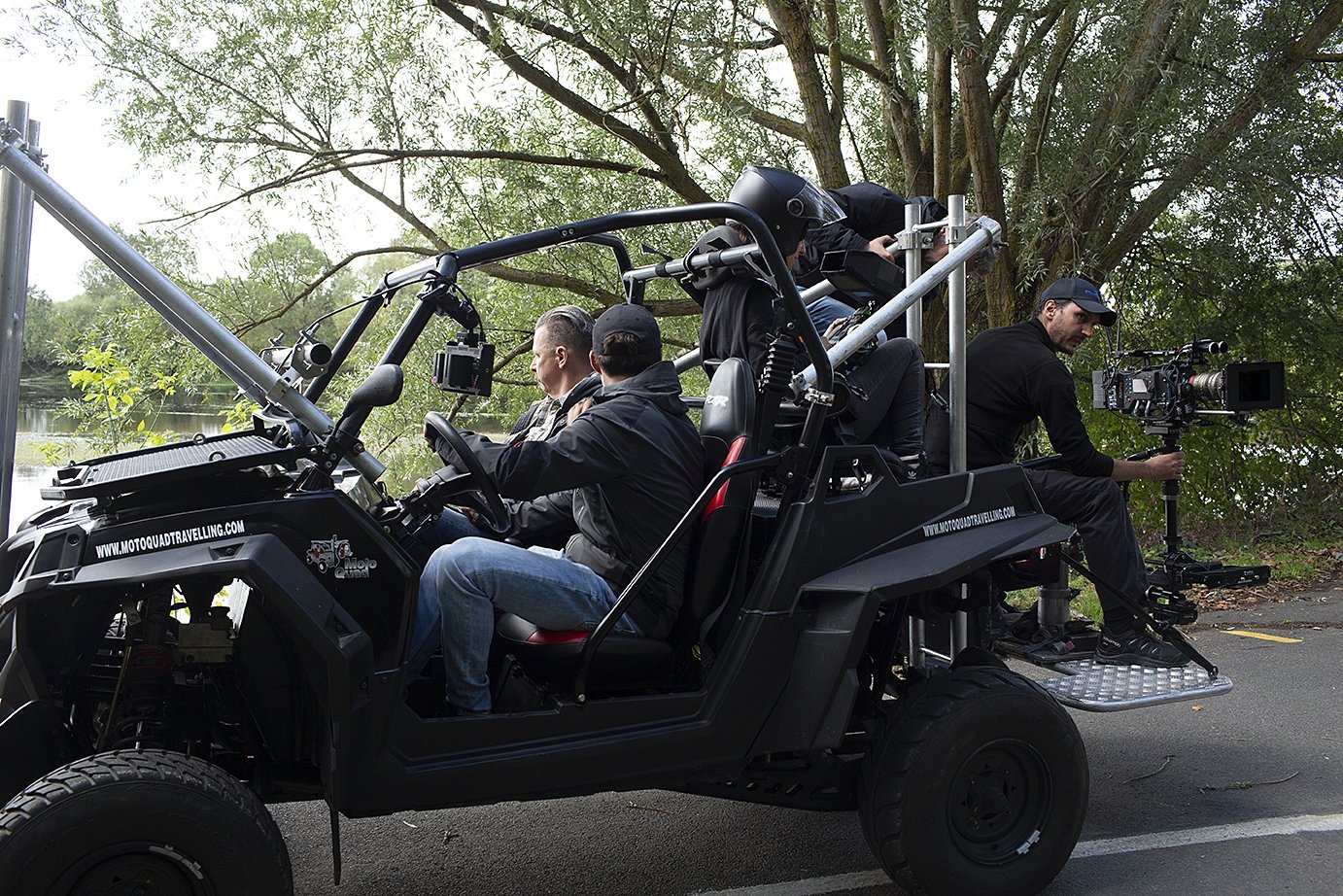
It’s also amid this picturesque countryside that Emily informs Gabriel (Lucas Bravo) — her secret crush who’s dating her friend — that they’ll certainly not be taking a romantic afternoon bike ride together, and she wheels off on her own — with some captivating images captured by “a terrific camera crew,” Fierberg says. “A-cam operator Patrick de Ranter and 1st AC Michel Galtier were on a dolly track, and B-cam operator Guillaume Quilichini and 1st AC Camille Garbarini were on Steadicam.
“The lights and cameras they use in France are basically the same as we use here, but there were a few pieces of grip gear that are just a little more elegant than our solutions.
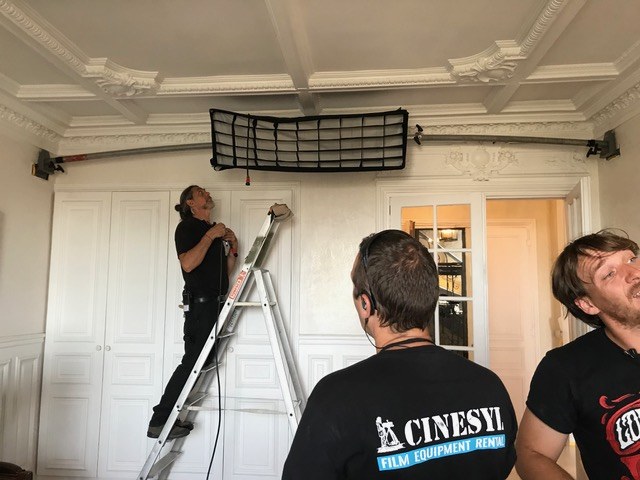
“One example is that for most wall spreaders in the U.S., the more weight you put on the piece of wood that spans the length of the ceiling, the more stress it puts on the connections to the wall. What we used in Paris was an aluminum spreader that curves up in the center of the room, then curves back down when it meets the wall — so the more weight you put on that, the more it holds to the wall instead of less. It’s using the principle of the arch, which is a very strong structure.
“They also use 1-meter-by-2-meter [3.3-foot-by-6.6-foot] diffusion frames — rather than our square 4-foot-by-4-foot frames — which is more functional and something we should do here. Two-to-1 is a good ratio for beautiful light. We’ve tended to use squares because they cover the round light, but in terms of the area that the light is supposed to illuminate, the ability to use that rectangular frame — horizontal or vertical — makes it more useful than a square, when it fits within the set or location.”
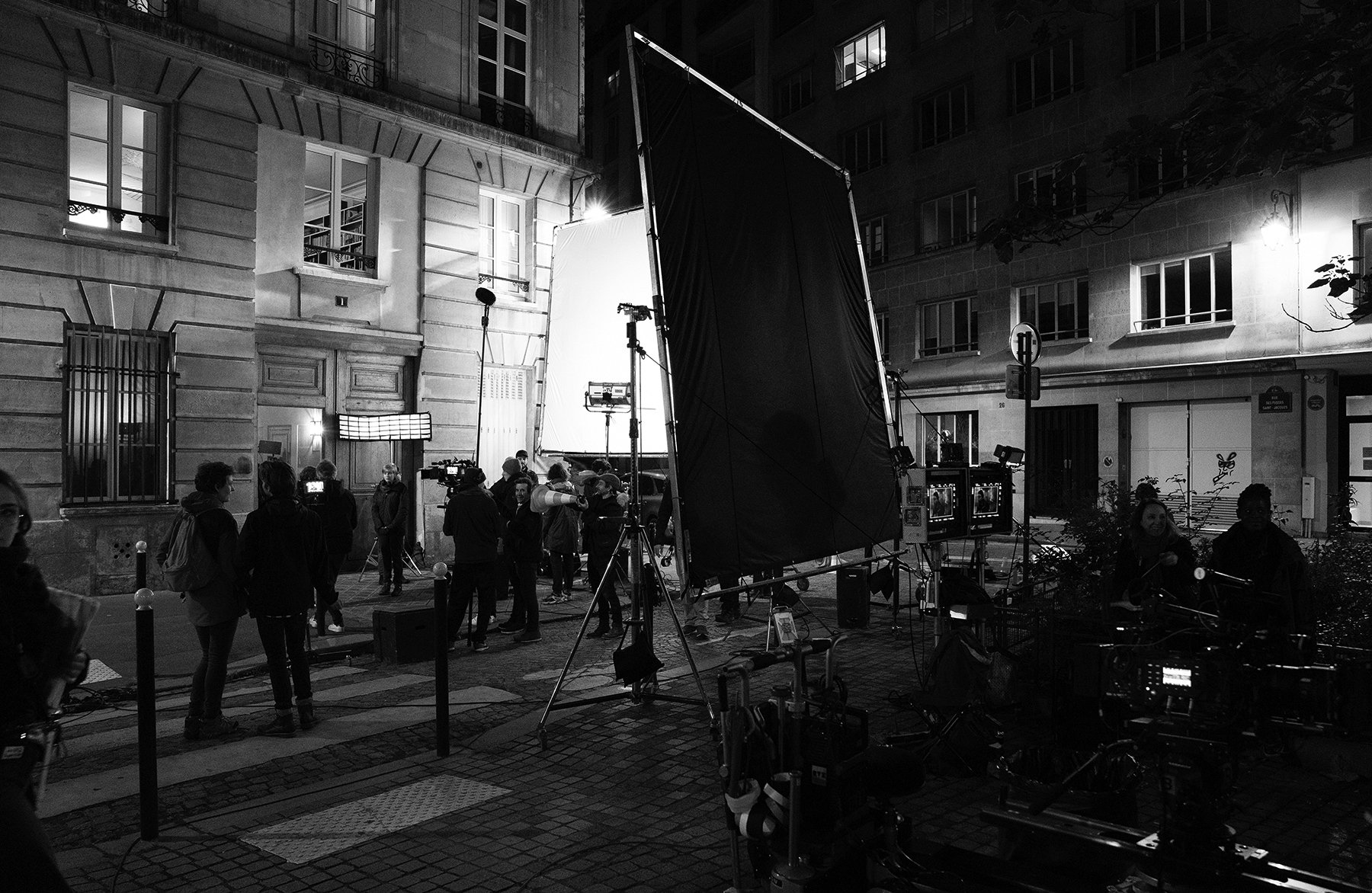

The cinematographer notes that for day exteriors, “I’d rather shape natural light than add movie lights. I typically use a white bounce on one side and something black as a negative on the other side, to give it contrast. Often the black material is angled a little bit over the top of the actors, so it cuts down on toplight. You also need to talk to the director beforehand, during the scout, and decide which way you’re going to be looking for most of the scene, and then look at where the sun’s going to be during that time of the day. The sun is a really big, really bright light to be in the wrong place — it can be a very powerful adversary, so it’s important to make it your friend.”
Shooting on the countryside, Fierberg says, is a good example of his preference for “feeling what a location is giving me, and then adjusting and working with it.” His philosophies about location work were put to the test, however, when he was faced with one of the worst locations he’d ever seen. Tasked with framing a scene at a Paris nightclub — where Emily’s friend Mindy (Ashley Park) parties with her pals from China — the cinematographer was given an actual club’s dark, empty basement that doubled as a makeshift screening room. “It was the best we could find given our schedule and where we had to shoot later that day,” Fierberg says. “When you’re given a great location in the countryside, your task is simply to not screw it up — but when you have a bad set, you have to create from scratch. So we painted it with light!
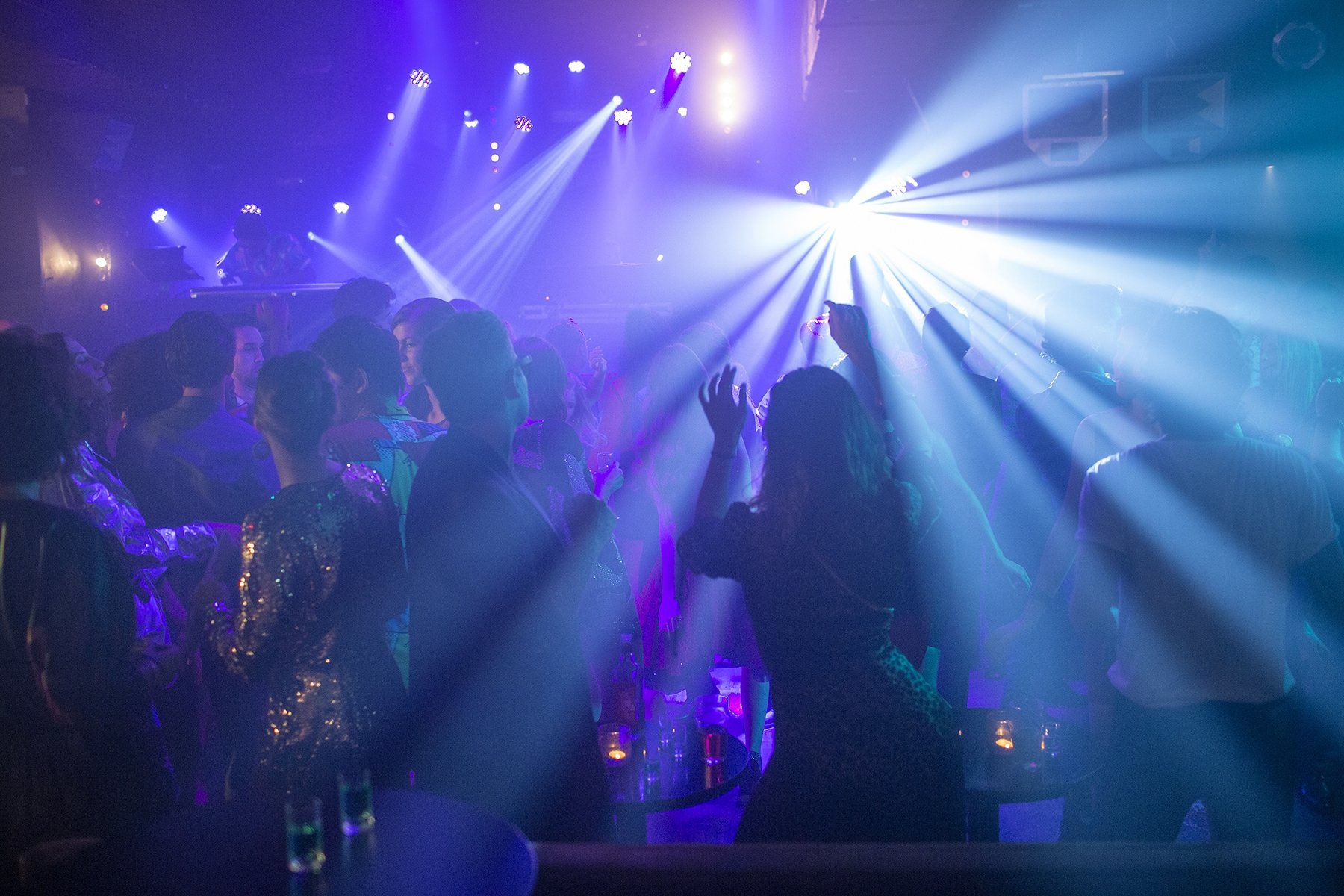
“We used PAR 36 spotlights and added smoke,” the cinematographer continues, “and then with the help of Anne Seibel, our amazing production designer, we added a bar behind them that we lit pretty bright to give it depth. We needed contrast in that background, with both really bright and really dark elements, in order to make the scene come alive. With our talented gaffer and key grip — Stéphane Bourgoin and Pascal Delaunay, respectively — and a great crew, I think we made that little dark pit of a room into one of the best-looking scenes of the season.”
Fierberg also notes his appreciation for the work that fellow ASC member Alexander Gruszynski contributed for the show’s final two episodes. “It’s very exciting to see another DP emulate your look, because they’re never going to do it exactly the same as you, and seeing the little differences he added was thrilling.”
Fierberg speaks fondly of the “French hours” that he and the crew worked to bring the show’s vivid look to life. A typical day, he says, might start at around 8 a.m., and break for a one-hour lunch three or four hours later, “and the lunch is enormous. There’s butter and baguettes everywhere and 10 different desserts, and somehow everyone stays fit and healthy. Then you shoot for another six hours or so, and because it’s such a short day, there’s time after you wrap to go out for drinks — and I swear to God, one evening by the side of the Seine they were all singing ‘La Vie en Rose’ together! Consulting costume designer Patricia Field and I were the only Americans on the crew other than the directors and writers, and we were blown away. It reminded me of when I was shooting The Affair in Paris a few years ago, when we would finish shooting and then go to a café, and we’d have some wine and drink and be happy. The French have a saying that’s ingrained in their culture — ‘liberté, égalité, fraternité’ — and I like to think of this as the fraternité.
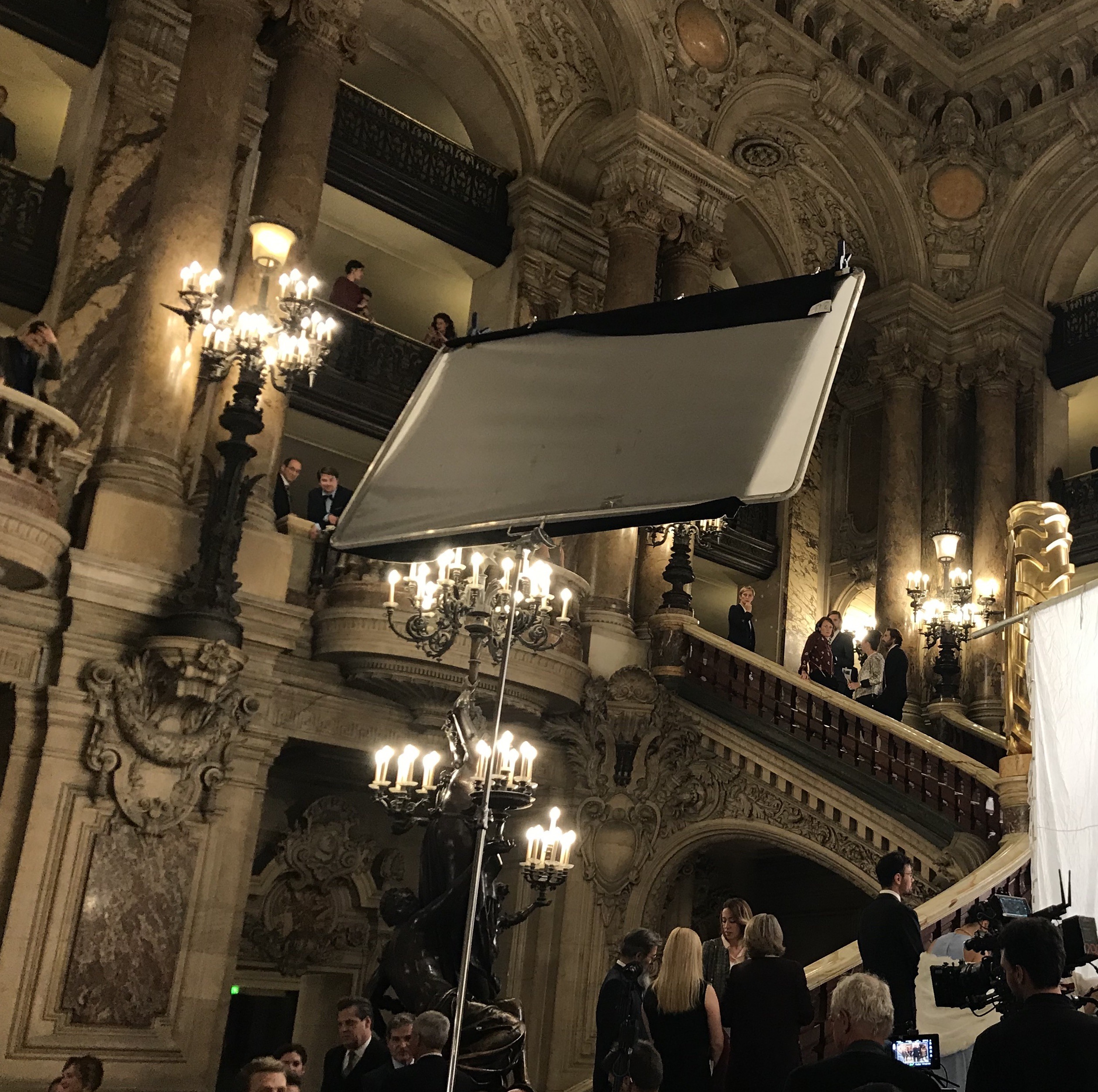
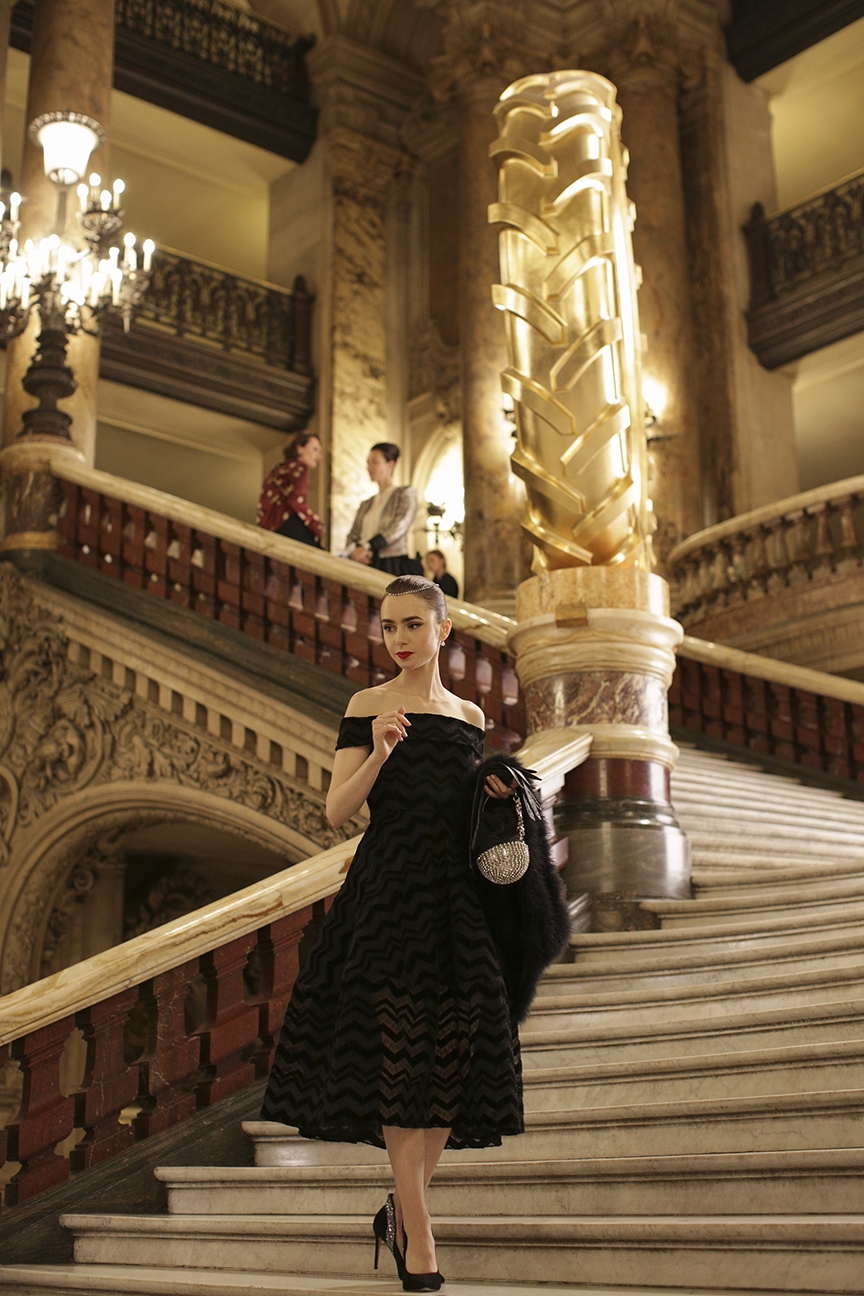
“People work equally hard in France and the U.S., and the crews are good and fast in both countries,” Fierberg adds. “The American crews that I’m a part of are fantastic, and among them are some of my closest friends, though I do sometimes think about a line from Emily in Paris: ‘Americans live to work and the French work to live.’ It’s not like France is perfect, but there are some cultural differences that I think the United States could use a little bit of. In the end, I’m thrilled to work in either country — vive la différence!”
TECH SPECS
1.78:1
Camera: Arri Alexa LF
Lenses: Arri Signature Prime, Angénieux 26-320mm Optimo Ultra 12x
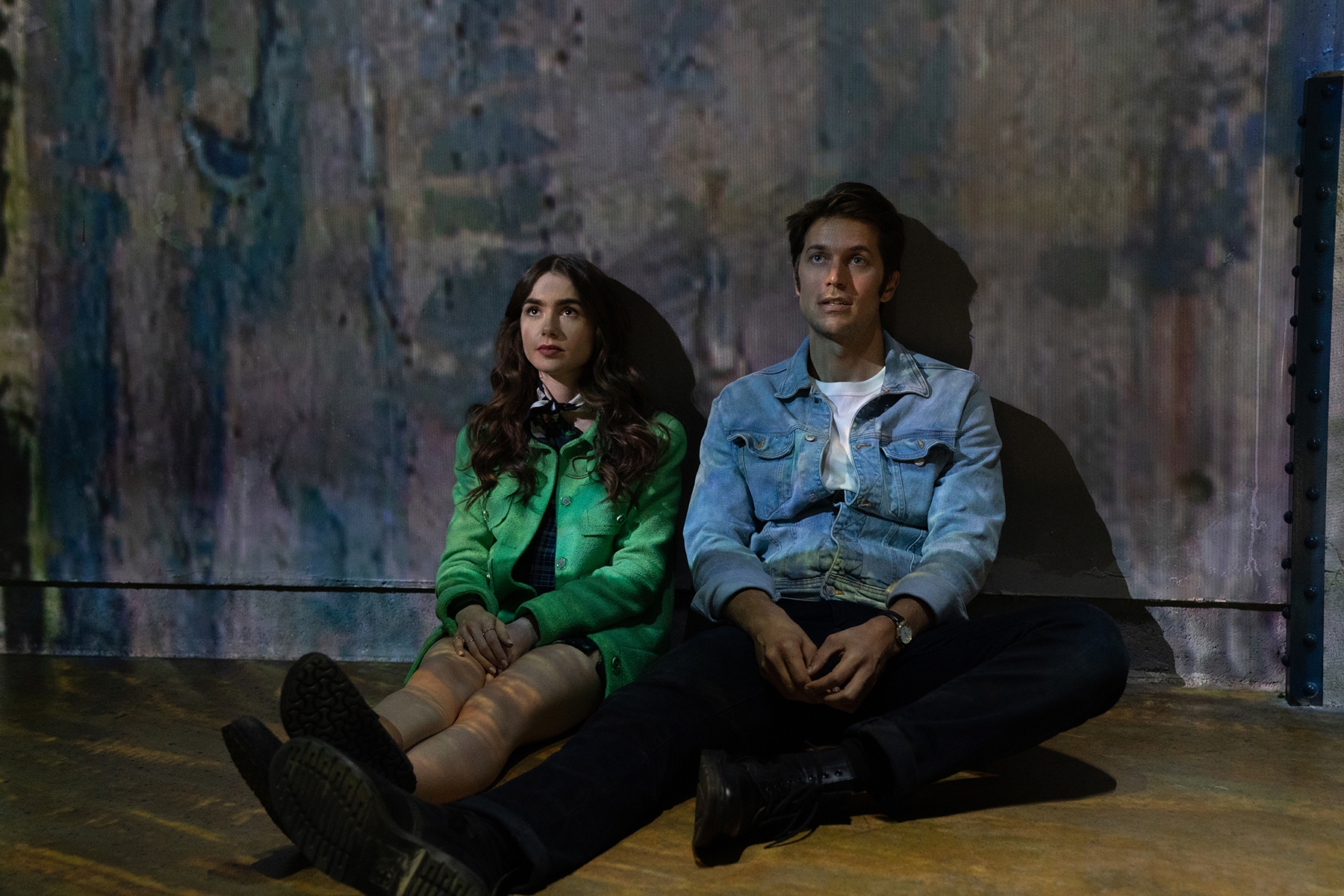
The cinematographer subsequently participated in this episode of our ASC Clubhouse Conversations series, discussing the series with Denis Lenoir, ASC, AFC, ASK:
